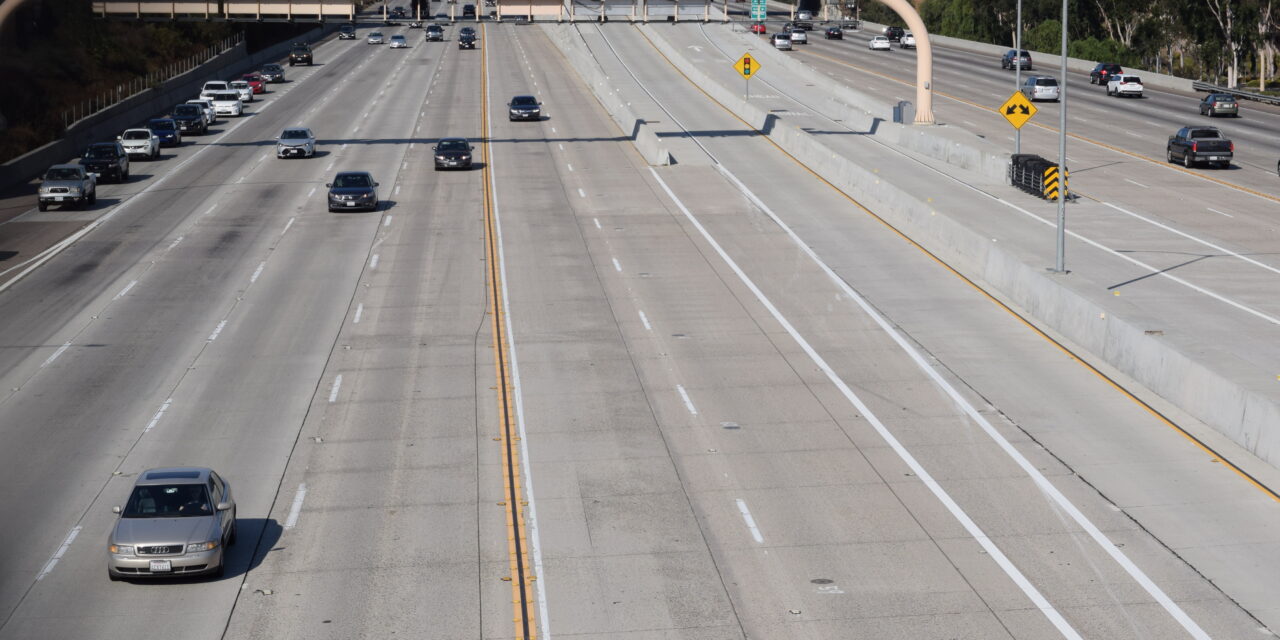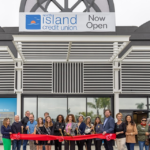San Diego, CA–The SANDAG Board of Directors discussed new steps the agency is taking to increase equity in its upcoming 2021 Regional Plan by enhancing mobility, safety, economic opportunity, environmental health, and quality of life.
Board Members were presented data showing the Regional Plan will connect significantly more people in the region to important destinations, a change that can greatly expand opportunity for historically underserved communities that depend on transit.
“To meaningfully enhance quality of life in the region, we must create a transportation system that is faster, fairer, and cleaner,” said SANDAG Chair and Encinitas Mayor Catherine Blakespear. “It’s more important than ever to ensure that social equity is front and center in the 2021 Regional Plan, which will act as the blueprint for land use and transportation planning for the San Diego region for the next 30 years.”
SANDAG assembled a Social Equity Working Group made up of 13 community-based organizations serving underserved communities to provide a platform to involve communities that have traditionally been left out of the planning process. SANDAG also engaged with San Diego’s 17 tribal nations to discuss how to improve access to advance opportunity. The SANDAG working group conducted an assessment of mobility needs in each of their communities to understand how to better connect different populations to the transportation system.
“The most common request made in all communities was for safe, reliable, affordable access to transit options that can get people to their jobs and other destinations,” said Vivian Moreno, San Diego City Councilmember and Chair of the Social Equity Working Group. “Community members were thrilled at the emphasis on providing high quality transit access.”
The board also heard from an independent panel, which included Therese McMillan, Executive Director of Bay Area Metro, Kome Ajise, Executive Director of the Southern California Association of Governments, and Dr. Arcela Nuñez-Alvarez, Ph.D., Executive Director of Universidad Popular.
Currently, only about one in ten people in the region have access to an alternative to driving a vehicle. The lack of a realistic alternative to car ownership is one of the reasons why transportation costs are second only to housing expenses for most households in the region. The average cost of owning a car in the San Diego region is nearly $12,000 a year, a major expense for the 35 percent of households in the region that earn less than $45,000 annually.
However, preliminary results show that by 2050 the projects and policies in the Regional Plan will:
- Triple the number of people who have access within a half mile of transit, with even larger increases among people of color, seniors, and low-income individuals.
- Connect more than half of low-income individuals or people of color to higher education destinations within 30 minutes using transit.
- Increase by 50 percent the number of low-income individuals and people of color who can access major employment centers within 30 minutes using transit.
- Help approximately two-thirds of these populations arrive at retail destinations within 15 minutes using transit, and more than 80 percent arrive at medical facilities within 30 minutes.
In January, the SANDAG Board of Directors voted to formally adopt an equity statement, which is helping to guide the creation of the new Regional Plan. In developing the 2021 Regional Plan, SANDAG looks at several impacted communities within the region, including:
- Low-income: More than one-third of households in the San Diego region earn less than $45,000 annually. This equates to 400,000 households, or roughly 1.1 million people in the region.
- People of color: 54 percent of the region’s 3.3 million residents are people of color, with individuals identifying as Hispanic representing a third of the total population, according to 2016 figures. By 2050, White and Hispanic populations are projected to be nearly equal in size, and people of color are expected to make up 60 percent of the region’s total population.
- Seniors: The region is projected to get older over time. More than one million residents are projected to be age 65 or older by 2050.
The 2021 Regional Plan also analyzes communities impacted by pollution and other environmental hazards. Areas with the highest concentrations of low-income populations significantly overlap with areas with the worst air quality. The 2021 Regional Plan provides mobility options, such as transit, Flexible Fleets, and active transportation, that when coupled together can help alleviate air pollution burden on underserved communities.
SANDAG’s work to expand social equity goes beyond transportation networks. The 2021 Regional Plan will include a dozen supportive policies and programs focused on equity. New investments not included in prior plans include transit fare subsidies for low-income and youth populations, and grant programs to encourage the development of affordable housing around Mobility Hubs and near transit while also protecting against displacement of individuals.
Updated every four years, the 2021 Regional Plan aims to develop a transportation system that works for all San Diego County residents. Next week, the SANDAG Board of Directors will discuss the development of the plan further with a presentation focused on alignment with state, regional, and local planning. A draft of the 2021 Regional Plan will be presented in the spring, with a vote by the board expected in late 2021.








